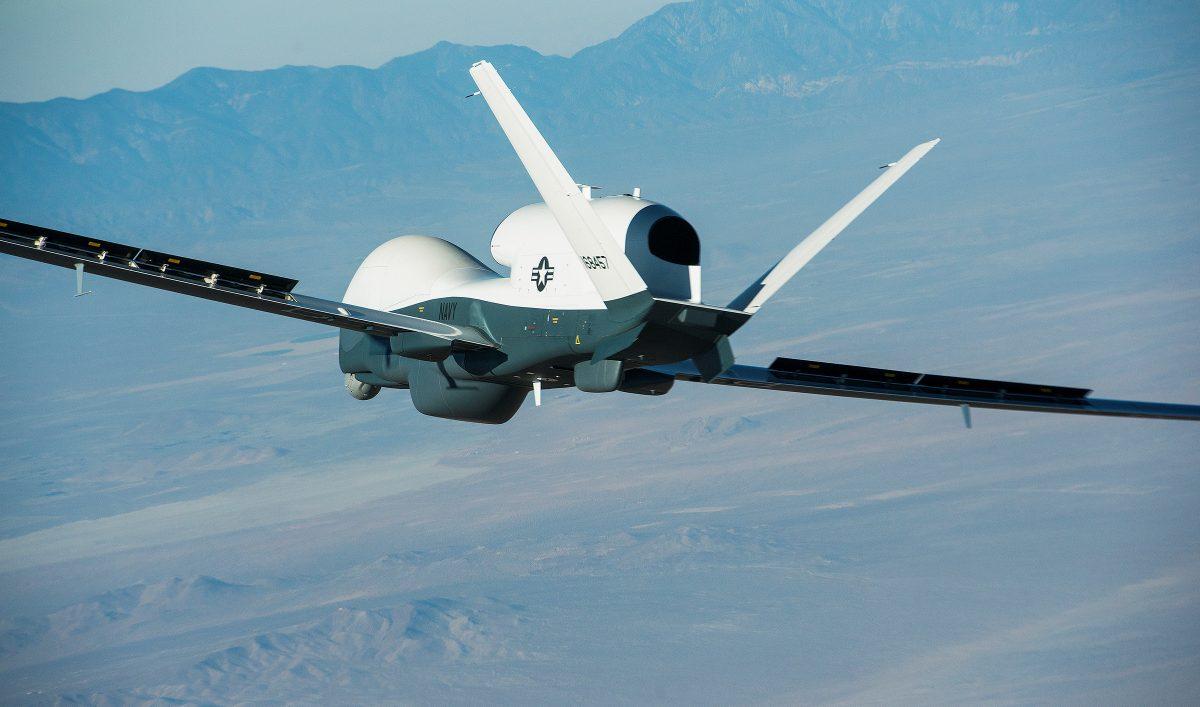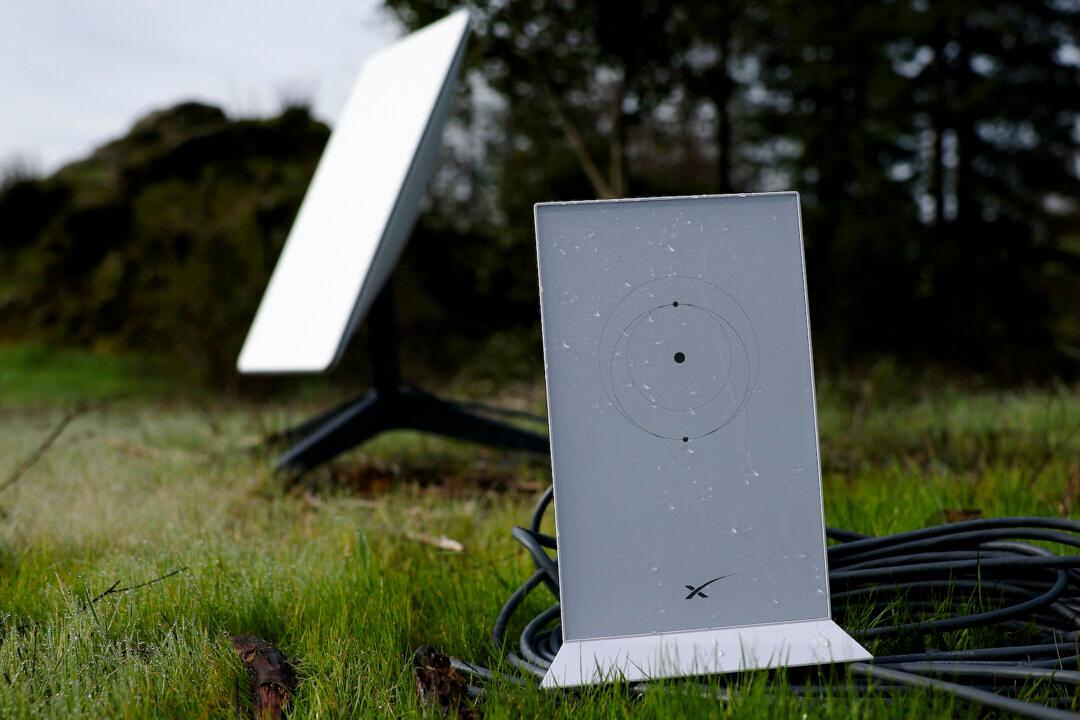The Ukraine-Russia War has revolutionised battlefield tactics, but Australia appears to be slow on the uptake, says one retired major general.
“This accelerating learning and adaptation cycle may be the most transformative development to emerge from the war,” Ryan said, in an article for the Lowy Institute.
Tactics Evolving Almost Weekly
Among the notable changes is the ability for tech companies and front line military units to communicate directly to ensure the latest technology is being used.One example is Ukraine’s “drone wall,” which now incorporates new “interceptor” drones that can counteract Russian attacks.
Another development is what Ryan calls the “next-generation” of drone warfare: “drones carrying other drones.”
Ukrainian drone units often adapt their software daily and evolve their tactics every 1 to 2 weeks.
While Russia has also “learned to learn” and has sped up its equipment and munition cycles, often copying Ukrainian methods.
Russian and Ukrainian combined-arms tactics are estimated to evolve every 2 to 3 months.
The rest of the world has also been watching, Ryan says, and is being adopted globally with the grim warning that the “sharing of ideas and technologies” is also occurring among authoritarian states.

Australia Too Focused on Big Expensive Drones
Ryan warned Australia had missed the “revolution” in uncrewed systems and counter-drone warfare, and that successive governments have cut funding over the last five years.As a result, he claims, Australia’s ability to conduct counter-drone operations to protect deployed forces and critical infrastructure “is near zero.”
He acknowledges that the Australian Defence Force does deploy “a few” drones, but says it remains “addicted to small quantities of exquisite and expensive weapon platforms built overseas, such as the Triton uncrewed aircraft.”

However, the most serious problem hampering Australia’s uptake of new technology is that Defence “lacks a robust learning and adaptation culture suited to the pace of change in the 21st century.”
“Ukrainian industry representatives spend time at the front to collect insights direct from soldiers, and industry representatives are present for drone mission debriefs to improve the quality of future long-range strike drones,” he notes.
“No similar capacity exists within the Australian Department of Defence.”
Senior leaders are not encouraged to take risks, Ryan claims, and refer major decisions to committees. A desk job in Canberra is seen as the pathway to promotion, rather than field command.
“Decision making, and therefore modernisation, moves at a glacial pace,” he says.
While it’s not what observers first expected to come from the Ukraine war, it’s likely that the application of artificial intelligence and “human-algorithmic teaming” (military personnel working directly with AI) will further accelerate the pace and breadth of military learning and adaptation in the coming years, he predicts.







